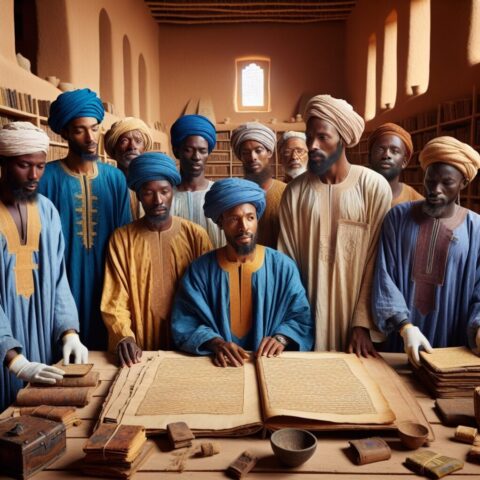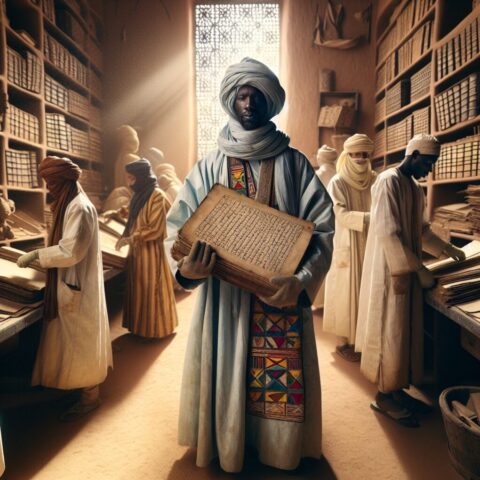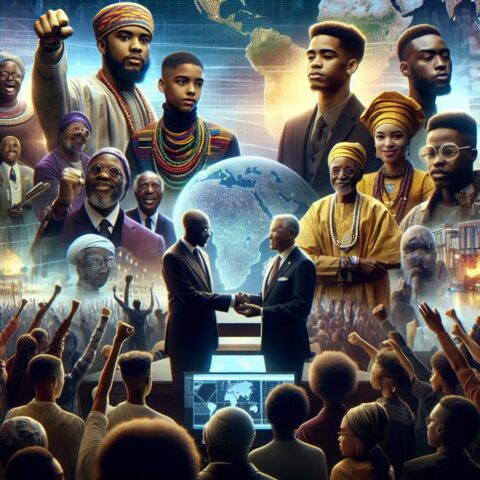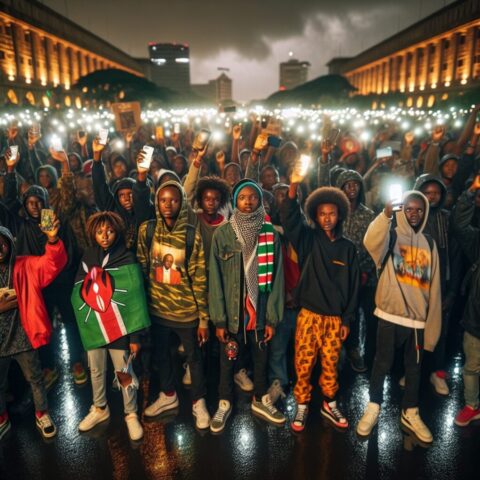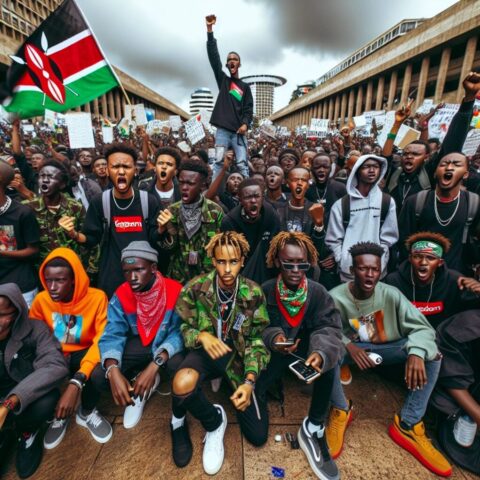Exhibition Looks at Dance
and the “Untold” Story of Elroy Josephz
By Newsdesk
Wednesday, January 22, 2014.
A new exhibition looking at the experiences of Black
British dancers over six decades is taking place at the International Slavery
Museum in Liverpool.
This exhibition explores the
experiences of Black British dancers from 1946 to 2005 and highlights their
contributions to British dance.
It looks at the origin of a
variety of dance forms such as jazz, contemporary, ballet, hip-hop and African
People’s Dance. Many of these styles arrived in the UK through varied routes
taken by ancestors of today’s Black British citizens.
As well as studying dance
forms, British dance: Black routes also examines dance groups and
features the relatively untold story of Elroy Josephz. Despite being a
trailblazer, Mr Josephz’s name is largely absent from the mainstream history of
British Dance.
Born into a theatrical family, Mr Josephz was a dancer, teacher, actor
and producer, who came to Britain from Jamaica in the 1950s.
Beginning his career in London with Les Ballets Negres in 1952, Mr Josephz
went on to perform in a variety of musical and television productions including
West Side Story and
Doctor Who in 1970.
He toured his own professional dance company throughout Europe from 1967 to
1970, developing his own style of dance which fused African Caribbean forms
with those of Europe and Asia. Central to his work was his understanding of the
historical importance of transatlantic slavery and its legacies. Elroy believed
this history gave his work a power and emotion essential to his style of dance.
Mr Josephz taught dance to students in both Liverpool and London
becoming one of the UK’s first Black dance lecturers in 1979 at what is now
Liverpool John Moores University.
Today his story is largely absent from the history of British dance,
despite playing a central role in changing how modern dance is both taught and
performed. However, since his death in 1997 his legacy has lived on through the
work of former colleagues and students throughout Liverpool and the UK.
Dr Richard Benjamin, Head of
the International Slavery Museum, said: “We are very excited to tell the story
of Black British dancers. Some of these dance and music forms travelled along
the transatlantic slave trading routes from Africa to the Americas and the
Caribbean on their way to Britain.
“Dancing has a much deeper
meaning for Black Britons. Enslaved Africans kept alive their cultural
traditions through music and dance. Black people have continued to use and
reinvent these forms to retain and express identity. When Black Britons have
suffered from racism, dancing has offered a powerful means for affirming
positive ways of being Black.
“We are delighted to be
highlighting Elroy Josephz. Despite playing a central role in changing how
modern dance is taught and performed, Elroy’s story is largely absent from the
history of British Dance.
“Central to Elroy’s work was
his understanding of the historical importance of transatlantic slavery and its
legacies. He felt this history gave his work a power and emotion essential for
his style of dance.”
The exhibition showcases how
different dances vary but have qualities in common such as multiple rhythms,
and high energy presented in a cool way.
This exhibition was developed
by De Montfort University and York St John University. It has been funded by the
Arts and Humanites Research Council.
Ramsay Burt, Professor of
Dance History at De Montfort University, said: “We are very pleased to be
working with the International Slavery Museum to celebrate what is largely a
hidden history. We hope this exhibition will help us to gain a better
understanding of the work and careers of artists like Josephz.
“This can help us to see more
clearly the distinctiveness of Black British experiences and value the rich
contribution that artists like him have made to contemporary British culture.”
British dance: Black
routes, runs until 23 March 2014.

